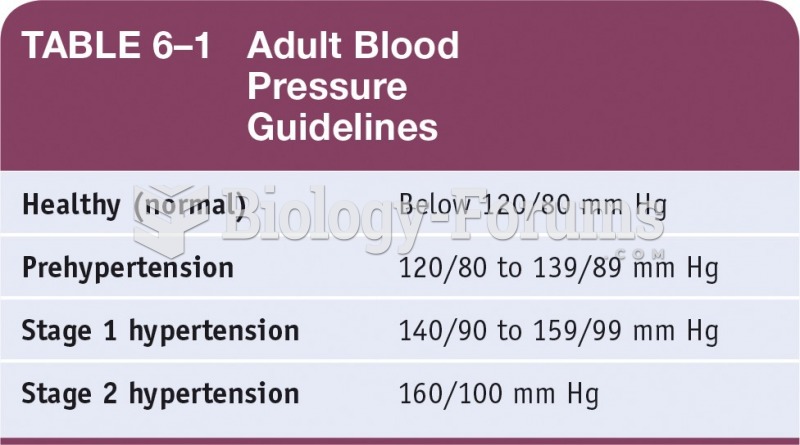|
|
|
Calcitonin is a naturally occurring hormone. In women who are at least 5 years beyond menopause, it slows bone loss and increases spinal bone density.
The Food and Drug Administration has approved Risperdal, an adult antipsychotic drug, for the symptomatic treatment of irritability in children and adolescents with autism. The approval is the first for the use of a drug to treat behaviors associated with autism in children. These behaviors are included under the general heading of irritability and include aggression, deliberate self-injury, and temper tantrums.
There are more sensory neurons in the tongue than in any other part of the body.
Human kidneys will clean about 1 million gallons of blood in an average lifetime.
For pediatric patients, intravenous fluids are the most commonly cited products involved in medication errors that are reported to the USP.







